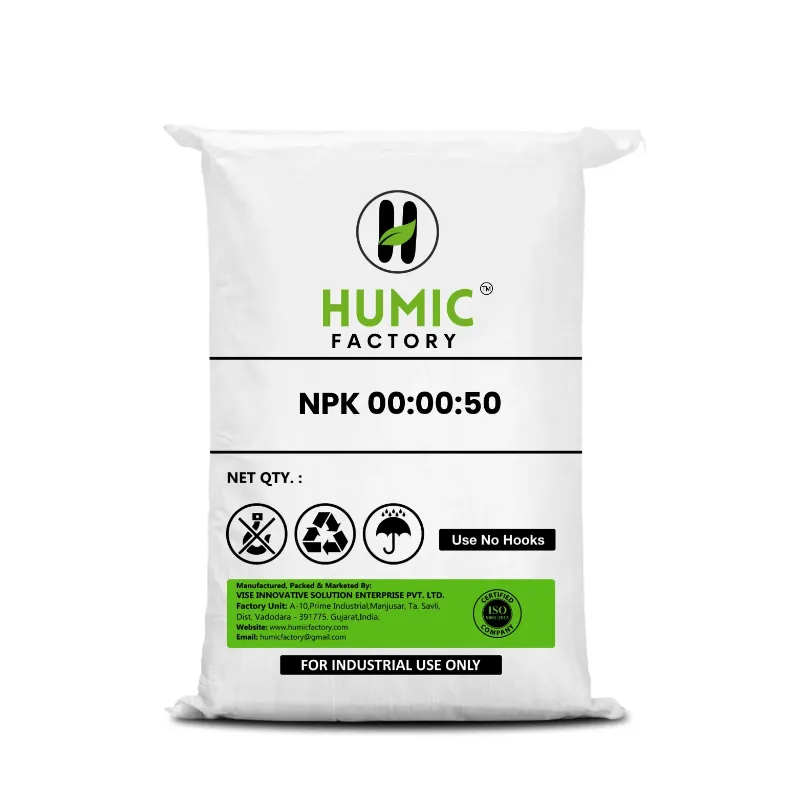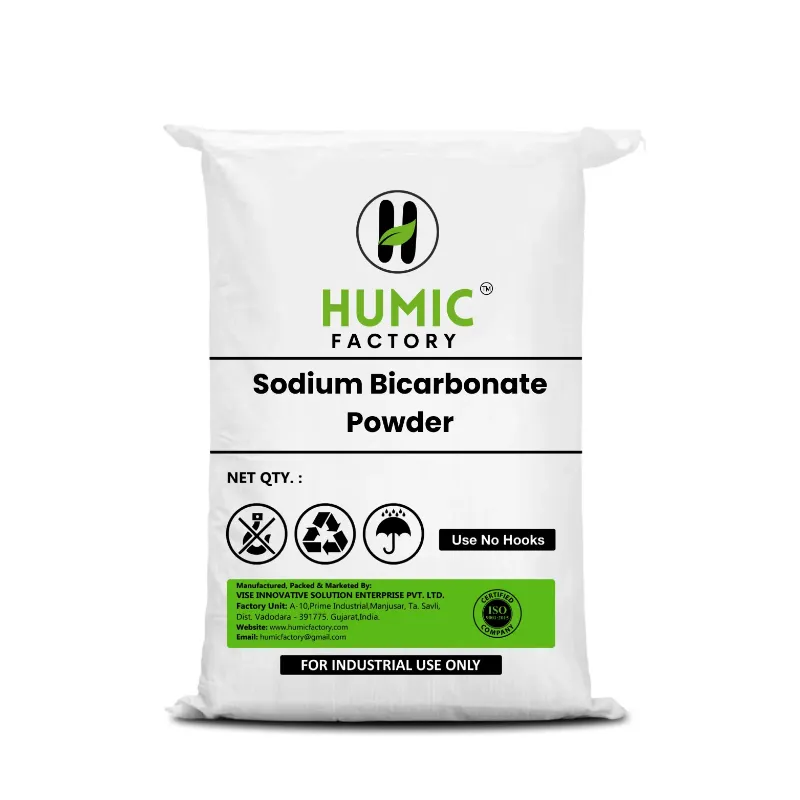Humic acid plays a crucial role in promoting microbial activity in the soil by providing a favorable environment for beneficial soil microorganisms, enhancing microbial diversity and activity, and stimulating key microbial processes involved in nutrient cycling, organic matter decomposition, and soil health maintenance. Microorganisms such as bacteria, fungi, actinomycetes, and archaea play essential roles in soil ecosystems, contributing to nutrient transformation, soil structure formation, disease suppression, and overall soil fertility. Humic acid supports microbial communities by providing organic substrates, enhancing microbial habitat conditions, and regulating microbial interactions. Here are several key points explaining the role of humic acid in promoting microbial activity in the soil:
1. Microbial Habitat and Substrate:
Humic acid provides a rich source of organic substrates and nutrients for soil microorganisms, serving as a food source and energy reservoir for microbial growth and activity. It contains a diverse array of carbon compounds, such as carbohydrates, proteins, lipids, and organic acids, which serve as energy sources for microbial metabolism. Humic acid also supplies essential nutrients such as nitrogen, phosphorus, sulfur, and micronutrients, which are required for microbial growth and enzyme activity.
2. Microbial Diversity and Community Structure:
Humic acid promotes microbial diversity and community structure in the soil by supporting a wide range of microbial taxa and functional groups. It creates a heterogeneous microenvironment with diverse physical, chemical, and biological properties, which enables the coexistence of different microbial species and promotes microbial interactions. Humic acid fosters the growth of beneficial soil microorganisms, including symbiotic nitrogen-fixing bacteria, mycorrhizal fungi, and plant growth-promoting rhizobacteria, which contribute to nutrient cycling, plant health, and soil fertility.
3. Stimulation of Microbial Growth and Activity:
Humic acid stimulates microbial growth and activity in the soil by providing a conducive environment for microbial proliferation and metabolic processes. It enhances soil moisture retention, improves soil structure, and regulates soil aeration and temperature, creating optimal conditions for microbial colonization and activity. Humic acid also contains bioactive compounds such as amino acids, vitamins, and phytohormones, which stimulate microbial growth, enzyme production, and metabolic activity.
4. Nutrient Cycling and Decomposition:
Humic acid plays a key role in nutrient cycling and organic matter decomposition. By facilitating microbial-mediated processes such as mineralization, immobilization, and humification. It enhances the decomposition of organic matter by promoting the activity of decomposer microorganisms such as bacteria, fungi, and actinomycetes, which break down complex organic compounds into simpler forms. Humic acid also regulates nutrient dynamics in the soil by affecting microbial-mediated transformations of organic and inorganic nutrients. Such as nitrogen fixation, nitrification, denitrification, and phosphorus solubilization.
5. Enzyme Production and Activity:
Humic acid enhances microbial enzyme production and activity in the soil. By stimulating the synthesis and secretion of extracellular enzymes involved in organic matter degradation and nutrient transformation. It provides organic substrates and cofactors for enzyme synthesis, activates enzyme production pathways. And stabilizes enzyme structures, thereby increasing enzyme activity and efficiency. Humic acid also protects enzymes from denaturation and degradation by forming stable complexes with enzymes. Which prolongs their functional activity in the soil.
6. Rhizosphere Interactions:
Humic acid influences microbial activity in the rhizosphere, the soil zone surrounding plant roots. By regulating root exudation, microbial colonization, and nutrient exchange processes. It enhances the release of root exudates, such as sugars, organic acids, and phenolic compounds. Which serve as energy sources and signaling molecules for rhizosphere microorganisms. Humic acid promotes the proliferation of beneficial rhizosphere microorganisms, including mycorrhizal fungi and plant growth-promoting rhizobacteria. Which establish symbiotic relationships with plant roots and enhance nutrient uptake and plant growth.
7. Disease Suppression and Soil Health:
Humic acid contributes to disease suppression and soil health maintenance by promoting beneficial microbial interactions and antagonizing soil-borne pathogens. It supports the growth of antagonistic microorganisms such as biocontrol agents. Which compete with pathogens for resources and produce antimicrobial compounds that inhibit pathogen growth. Humic acid also enhances soil suppressiveness to soil-borne diseases by inducing systemic resistance in plants. Stimulating the production of plant defense compounds, and modulating plant-microbe interactions.
8. Long-Term Soil Sustainability:
Humic acid contributes to long-term soil sustainability by promoting microbial-driven processes that improve soil structure, fertility, and resilience. It enhances soil aggregation, water retention, and nutrient cycling, which increase soil productivity and support sustainable crop production. Humic acid also facilitates the sequestration of organic carbon in soil, which enhances soil organic matter content and contributes to climate change mitigation by storing carbon in stable organic forms.
In summary, humic acid plays a multifaceted role in promoting microbial activity in the soil. By providing a favorable habitat for beneficial microorganisms. Enhancing microbial diversity and activity, stimulating key microbial processes involved in nutrient cycling and organic matter decomposition. And supporting soil health and sustainability. By fostering microbial-mediated processes, humic acid contributes to improved soil fertility, nutrient availability, plant growth, disease suppression, and long-term soil productivity in agricultural and horticultural systems.





